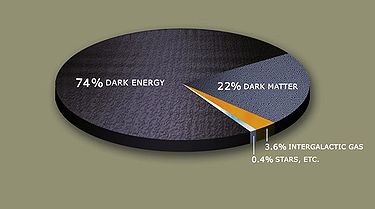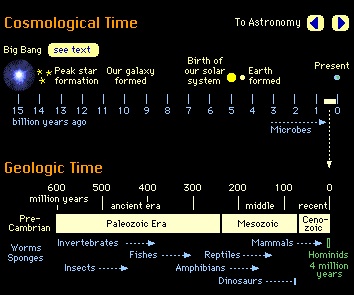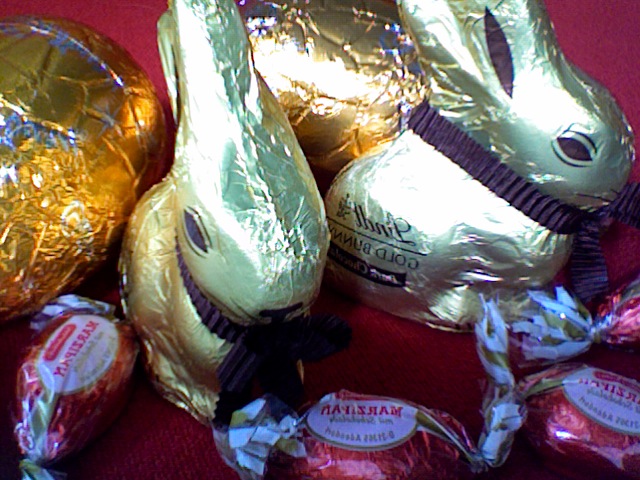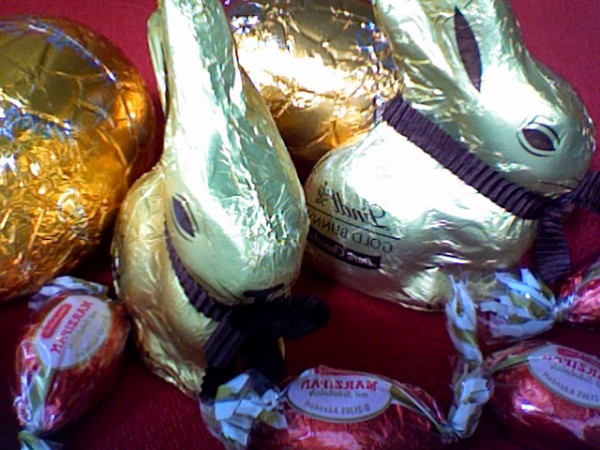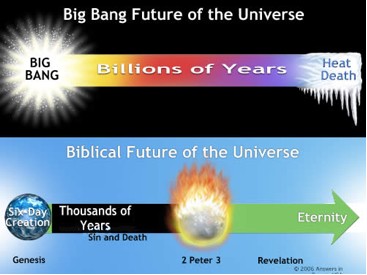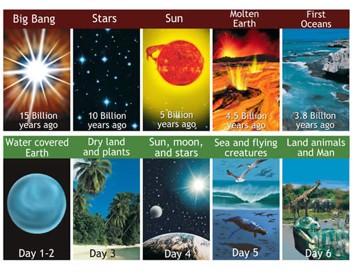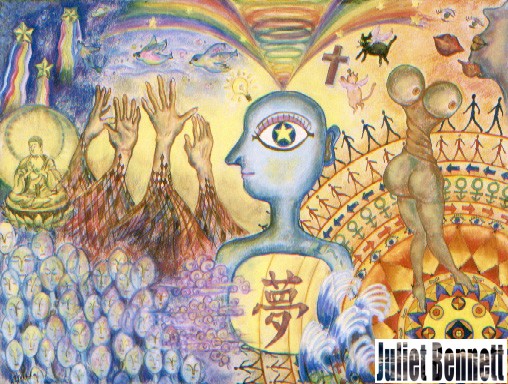Yesterday I had a bit of a rant about the money people earn and spend in the world I live in comparison to the money people earn and spend in the developing world. Here people work around 8-10 hours a day, 5-6 days a week behind a desk (by one’s own choice) and spend their income on clothes and chocolate and cars and properties and parties and holidays. There people spend 12-14 hours a day, 7 days a week behind a sewing machine or picking cocoa beans (no choice) just to put basic food on the table and hope their children can have some form of education so that they can enter our rat race too. We really have set up a horrible system that makes economic slaves of everyone… is it making anyone happy?
Sure nice cars, boats, holidays, parties etc are pretty awesome and fun. But are they making us happy? Why is the suicide rate so high in our “rich” world? Does the couple of weeks of skiing make up for the other 48 weeks spent doing a job we don’t really enjoy, that feeds the system’s ugly poverty/environmental consequences, and that leaves us too tired to do much else other than get pissed on the weekend and try to forget… is that happiness??? Does the result actually justify the means?
And when we get that car or have that holiday, does it actually bring us the happiness we expect it to? What about one month later when our friends tell us their buying an even better car than ours, or going on an even better holiday? Then are we jealous and resentful? How long does the happiness gained from materialistic pursuits actually last?
Psychologists and economists have found that the ‘correlation between absolute income and happiness extends only to a certain threshold’ – after that, it’s only our status relative to peers that determines how happy people see themselves.[1]
Buying an expensive car brings with it a message of status. It tells people whose opinions you care about, and it sends a message to yourself, that says “I am worthy”. But without that car we are obviously still worthy. I wonder where our lack of self-worth comes from? Why do we feel we need to compete and be seen by others as this or that?
I guess a perception of self-worth goes further than just material wealth. The relativity of self. We can only judge ourselves as relative to everyone else: How does our body shape compare to others? How about our eyes, our face structure, our skin? Our intelligence? Our creativity? We are constantly judging ourselves – where we sit compared to the people that surround us.
We are all beautiful, we are all special, we are all worthy. I believe this and yet I still find myself victim to the self imposed oppression that comes from societal superficiality’s. Why do I question myself?
Why do we feel a need to justify our worth, and have others confirm it? Where does this need for external (and sometimes the internalised need) for external justification come from? And how can we transcend it?
Photo credits:
Photographer: Gilbert Rossi
Styling: Erin Blick
References:
[1] ‘How We Kicked out Addiction to Growth’, New Scientist (October 2008). p. 53.

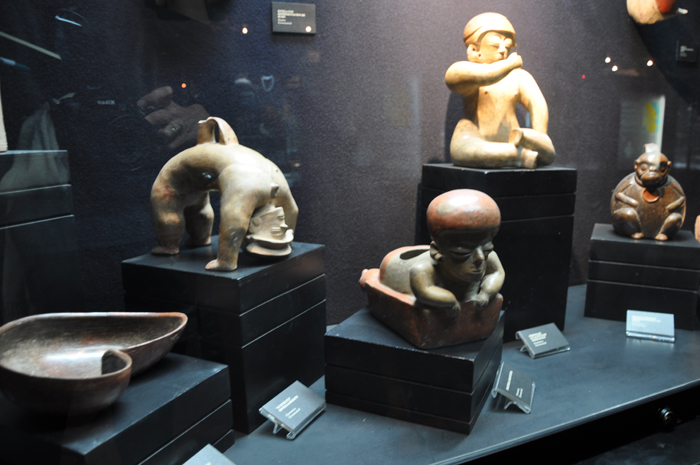

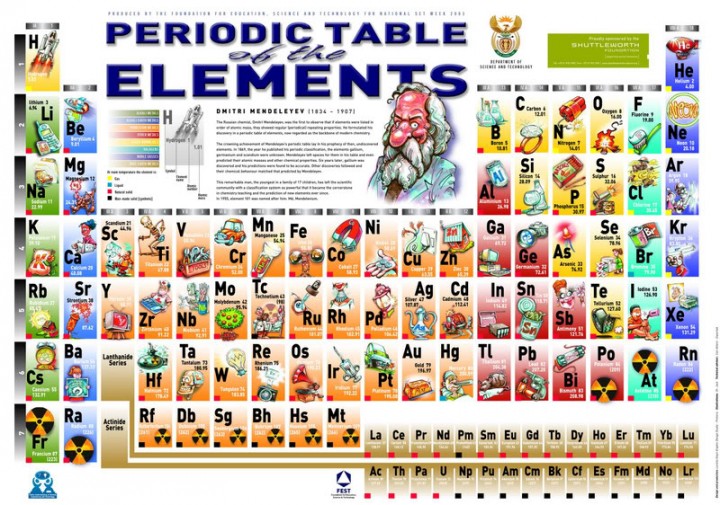
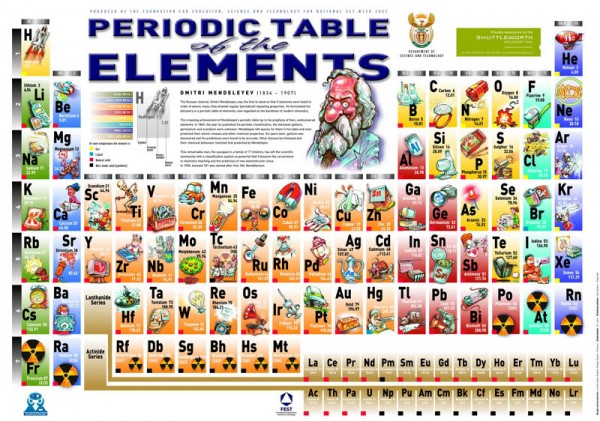 To recap, in our first chapter of this Big History Blog Series, we learned that the Big Bang theory is based on the observation that our universe is expanding and hence that it must have once been smaller. Winding back time we imagined the infinitesimally small point of singularity. At the point in time we can call the beginning of time, we went from nothing or a something that lays beyond our understanding, to the existence of quarks and the laws of gravity and electromagnetism. This combination caused quarks to explode and become protons and electrons. Protons and electrons in turn combined to make hydrogen and helium atoms.
To recap, in our first chapter of this Big History Blog Series, we learned that the Big Bang theory is based on the observation that our universe is expanding and hence that it must have once been smaller. Winding back time we imagined the infinitesimally small point of singularity. At the point in time we can call the beginning of time, we went from nothing or a something that lays beyond our understanding, to the existence of quarks and the laws of gravity and electromagnetism. This combination caused quarks to explode and become protons and electrons. Protons and electrons in turn combined to make hydrogen and helium atoms.